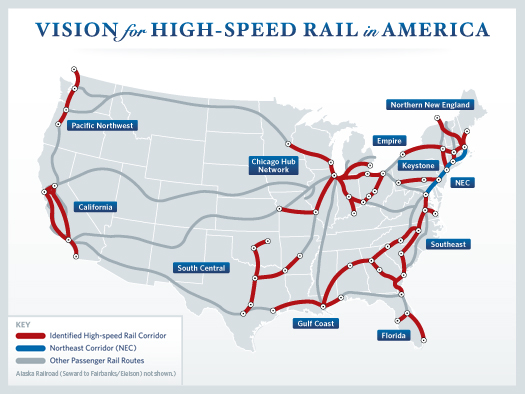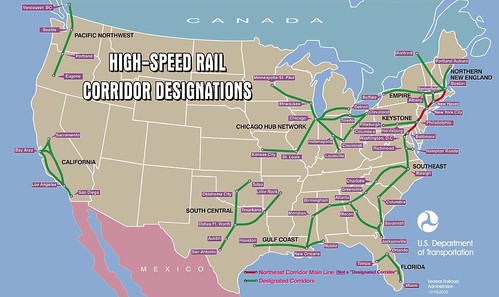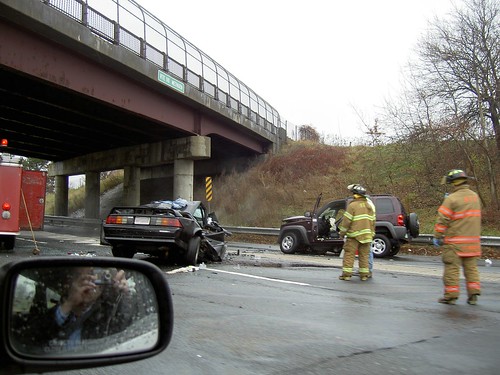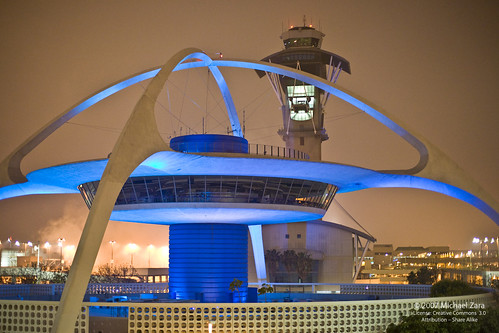Webinar Alert: Performance Measures – A Case Study in Progress Webinar
Webinar Overview
Date: May 6, 2009 Time: 1:00-2:30 P.M. ET Cost: All T3s are free of charge
Register On-line
Contact the T3 Administrator
Description
The presenters will describe the reason, vision and process for updating their current performance measures report. A primary motivator for embarking on this endeavor is to support the continual process improvement of Traffic Management Centers’ operations. The intent of this T3 is to share the successes and pitfalls in addition to stressing the importance of a holistic approach to measuring performance.
Audience
The audience for this webinar includes transportation professionals who are responsible for developing and using performance measures that support the improvement of Traffic Management Centers.
Learning Objectives
Participants will be exposed to the following:
- A reusable framework for development of Traffic Management Center performance measures.
- An understanding of the difference between Outcome and Output performance measures.
- An appreciation of the value of traceability between desired Outcomes and operations Outputs.
- An overview of how performance measures can be used to support continual process improvement.
- Knowledge of some of the challenges and pitfalls to avoid when pursuing development of performance measures on a shoestring budget.
Federal Host:
Lokesh Hebbani, Federal Highway Administration, Georgia Division Office
Lokesh Hebbani currently works as a Traffic Management/ITS/Safety Engineer at FHWA‘s Georgia Division Office. His past experience includes five years as a Traffic Operations/ITS Engineer at the FHWA Florida Division and eight years as a Freeway Operations Engineer at Wisconsin DOT. Lokesh is an active Board member of ITS Georgia and Georgia Traffic Incident Management Enhancement (TIME) Task Force. Lokesh is also the Task Team Leader of Georgia’s Strategic Highway Safety Plan (SHSP). Lokesh holds several degrees: an MBA from Marquette University, an M.S. in Transportation Engineering from the University of Wyoming, and an M.E. in Geotechnical Engineering from Bangalore University, India.
Presenters:
Hugh Colton, Georgia Department of Transportation
Hugh Colton works for the Georgia Department of Transportation (GDOT) as the Transportation Management Center’s Operations Manager in Atlanta. Currently, he is working on day-to-day operations and is the project manager for the Georgia Regional ITS Architecture update. Previously, he was the project manager for the Statewide ITS Concept of Operations Plan, the Statewide ITS Strategic Deployment Plan, and established a configuration management system for GDOT‘s ITS. He assisted FHWA in the creation of a Configuration Management training course. Soon after joining GDOT in 1999, he graduated from the University of London with a Masters Degree in Geographic Information Science.
Marcus Wittich, Serco Inc.
Mr. Wittich has over two decades of experience working with leading edge technologies and human resources management in roles such as a Management Consultant, a Project Manager, a Systems Engineer, a Business Analyst, and an Entrepreneur. His work spans a broad range of public and private sector assignments including ATMS work on the Development of NaviGAtor Web, Atlanta’s Metropolitan ITS Integration project (MITSI), Maryland Department of Transportation’s Multi Modal Traveler Information System (MMTIS), the Georgia Traffic Incident Management Enhancement (TIME) Task Force, and the development of the Next Generation of the Georgia ATMS. Prior to his involvement in ATMS development, Mr. Wittich led teams in the development of internet-based applications including the development of Cartoon Network’s cartoon orbit site, Nascar.com, NMFN.com, Burger King’s corporate Internet strategic plans and Hewlett Packard’s hp.com. Mr. Wittich holds a B.S. from Carnegie Mellon University.
Reference in this webinar to any specific commercial products, processes, or services, or the use of any trade, firm or corporation name is for the information and convenience of the public, and does not constitute endorsement, recommendation, or favoring by U.S. Department of Transportation








